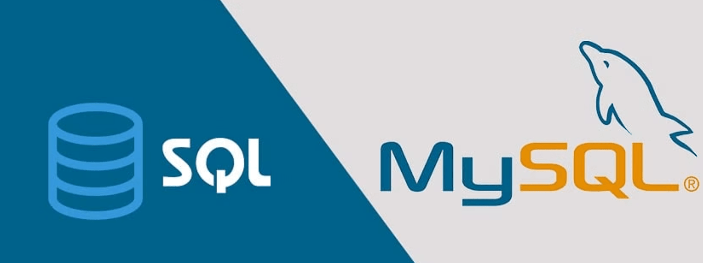Importing SQL Files into MySQL Using Command Line - A Comprehensive Guide

Introduction
Importing SQL files into MySQL databases is a crucial aspect of database management, especially when migrating or restoring data. This tutorial will guide you through the process of importing SQL files into MySQL using the command line. We'll cover various scenarios, including importing specific tables, structures, and data, as well as optimizing the import process. Additionally, you'll learn about backing up databases using the `mysqldump` command and avoiding common mistakes.
Why Use the Command Line for Import?
Using the command line for importing SQL files offers several benefits. It provides more control over the process, enables automation, and is particularly useful for larger databases where graphical tools might not be efficient.
Preparation and Considerations
Before you start, ensure you have:
- MySQL server installed and running.
- The SQL file you want to import.
Consider taking a backup of your existing database before proceeding with the import process.
Accessing the Command Line
To access the command line, open your terminal or command prompt. On Windows, you can use Command Prompt or PowerShell. On Unix-like systems, you can use Terminal.
Connecting to MySQL Server
Before importing, you need to connect to your MySQL server. Use the following command:
mysql -u username -pReplace `username` with your MySQL username. You'll be prompted to enter your password.
Import database
To import a specific database tables from an SQL file, use the following command:
mysql -u username -p database_name < path_to_mysql_file.sqlReplace `database_name` with your target database name and provide the correct path to the SQL file.
Import Only Database Structure
To import only the structure of the database (no data), you can use the `--no-data` flag:
mysql -u username -p --no-data database_name < path/to/sql/file.sql
Import Only Database Data
To import only the data and not the structure, use the `--no-create-info` flag:
mysql -u username -p --no-create-info database_name < path/to/sql/file.sql
Monitoring and Progress
During the import, you might want to monitor the progress. You can use the `--verbose` flag:
mysql -u username -p --verbose database_name < path/to/sql/file.sql
Verification and Testing
After the import, verify the data in your MySQL database. Run queries to ensure data integrity.
Optimizing the Import Process
For large SQL files, you can improve the import process by adjusting MySQL server settings or breaking down the SQL file into smaller parts.
Backup database
To backup your database using the `mysqldump` command, use the following syntax:
mysqldump -u username -p database_name > backup_file.sql
Backup Specific Table
To backup only a specific table, include the table name in the command:
mysqldump -u username -p database_name table_name1 table_name2 > backup_file.sql
Backup Only Database Structure
To backup only the database structure, excluding data, use the `--no-data` flag:
mysqldump -u root -p --no-data db_name > path_to_mysql_file.sql
Backup only Database data
To backup only the data, excluding the structure, use the `--no-create-info` flag:
mysqldump -u username -p --no-create-info database_name > backup_file.sql
Common Mistakes to Avoid
- Not verifying imported data integrity.
- Neglecting to back up data before import.
- Failing to handle large SQL files appropriately.
Mysqldump syntax
mysqldump -u [username] –p [password] [options] [database_name] [table_name] > [dump_filename.sql]- u [user_name]: It is a username to connect to the MySQL server. To generate the backup using mysqldump, ‘Select‘ to dump the tables, ‘Show View‘ for views, ‘Trigger‘ for the triggers. If you are not using —single-transaction option, then ‘Lock Tables‘ privileges must be granted to the user
- p [password]: The valid password of the MySQL user
- [option]: The configuration option to customize the backup
- [database name]: Name of the database that you want to take backup
- [table name]: This is an optional parameter. If you want to take the backup specific tables, then you can specify the names in the command
- “<” OR ”>”: This character indicates whether we are generating the backup of the database or restoring the database. You can use “>” to generate the backup and “<” to restore the backup
- [dumpfilename.sql]: Path and name of the backup file. As I mentioned, we can generate the backup in XML, delimited text, or SQL file so we can provide the extension of the file accordingly
Conclusion
Importing SQL files into MySQL using the command line is a versatile and powerful technique for managing databases. By following this tutorial, you've learned how to import specific tables, structures, and data, as well as optimize the import process. Additionally, you've gained insights into backing up databases using the `mysqldump` command and avoiding common pitfalls. This knowledge will help you confidently manage your database migration and restoration tasks.
Now you're ready to efficiently import SQL files into MySQL databases using the command line. Happy coding!
Remember to tailor the commands and paths to your specific setup and requirements.